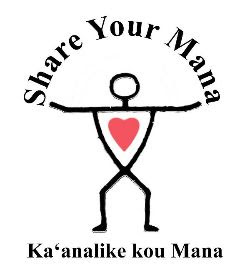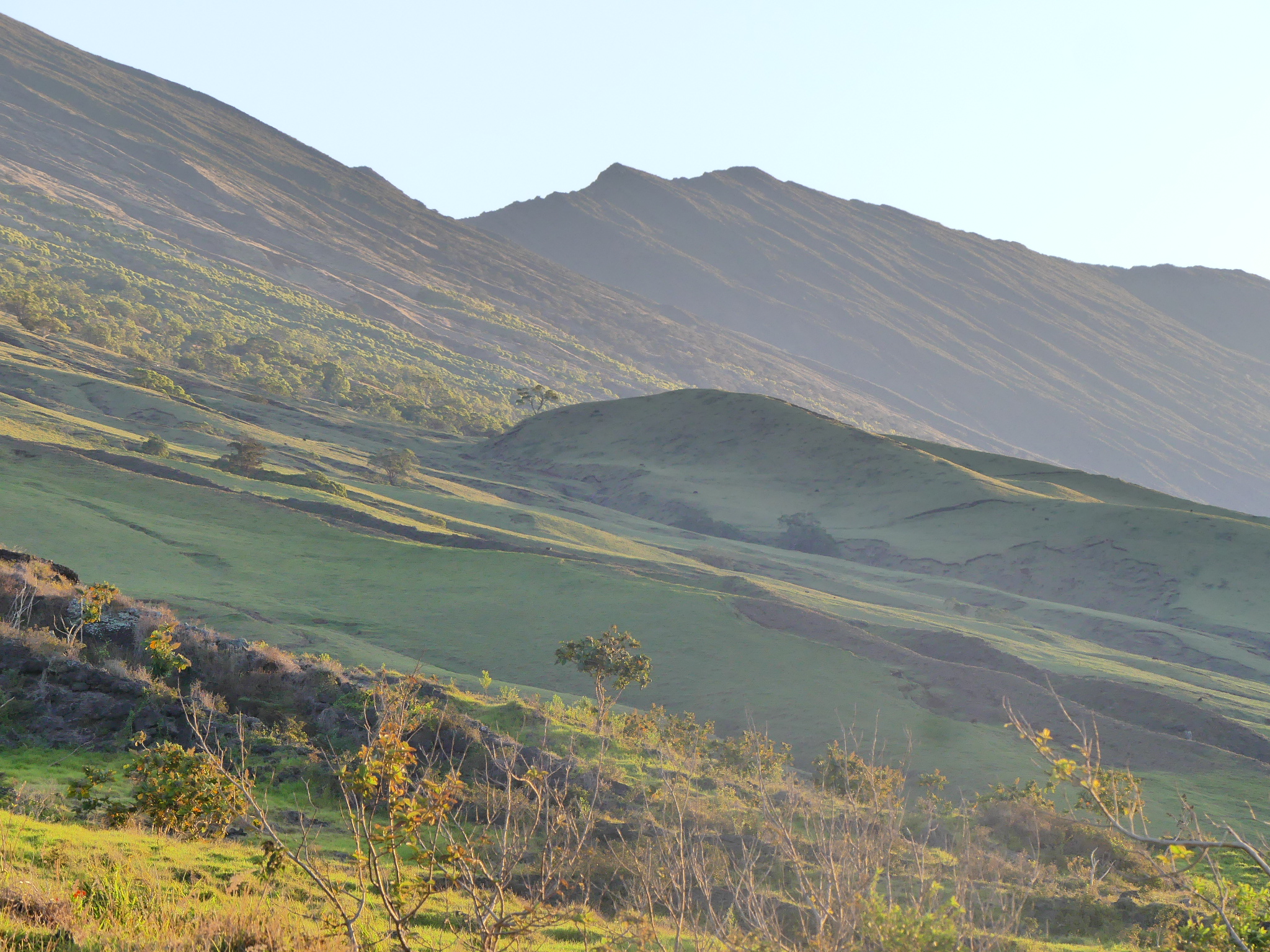During the last many years whenever there is a meeting regarding water and East Maui the question has always been raised, “How many farmers are there?” The question that ought to be asked is, “How many farmers could there be?”.
The embattled thirty year fight for East Maui water with recently sold Alexander & Baldwin real estate corporation has demanded multi participant approach. There is a lawsuit, there are environmental organizations, there are kupuna (elders), there are the area residents, there are water protectors, water warriors and then, there are the farmers.

It is fundamental understanding that if there is farming, the water must flow. The hierarchy of water distribution in cultures everywhere, the farmer is first. Kalo (taro) farming has priority over offstream agriculture like sugar or avocados.
Earlier this year, acting State of Hawai‘i state legislature entertained a House Bill 1326 to further serve the 130 year reign of water theft. In fluid timing, a taro roots organization began a kalo lo‘i (taro patch) restoration project in the largest river mouth along the East Maui water diversion path, Honomanu.

Honomanu Valley is approximately 60 acres and at one time boasted over 100 kalo lo‘i. The project organization Kua Hawai‘i was formed in perfect timing to make point that farming is present below the water diversion for the first time in 66 years and, water, is needed.
By the advice and encouragement of Hawai‘i aquatic biologists, a small and relatively young crew of female farmers called on the expert advice of an ‘auwai (waterways) specialist from Kaua‘i to find a water source to begin farming in Honomanu Valley.
https://vimeo.com/348575005
The diversion to date still impedes the potential farming possible but a spring was located by auwai specialist, Nawai Aipa-Rivera and has served strong, two small kalo lo‘i in the area of Honomanu Valley.


At a recent ho‘ike (presentation) project progress and fate was shared with interested community organizers. Those present were; Responsible Markets president Ian Hodges, Maui County Board of Water Supply chair Shay Chan Hodges, Kua Hawai‘i lead Napua Hueu, Farmers Voice Hawai‘i publisher Faith Ewbank Chase, Kua Hawai‘i lead Napua Hueu, O‘ahu Resource Development Director Frankie Koethe, and high school student Pablo Chase.

Honomanu day visitors traversed the riverbed to the banks of the Honomanu kalo lo‘i restoration project and admired the clearing progress that used only chainsaws, weed eaters and hand work for the last six months. The work progress was accentuated by the quality of committed volunteers.
While the spring waters used to irrigate the two small taro patches is sufficient by methodical observation it is not enough to continue the irrigating of adjacent taro patches waiting to be opened. Donations of huli (taro planting stalks) being offered in support and celebration of the restoration project are in abundance and the need for Honomanu stream flow has never more been more demanded.
As county, state and local environmental and farming organizations contemplate riparian water rights, taro roots have taken ground and are setting precedent on water access and what lay forward without contest. Where there is farming water must flow.
With the world spotlight on native tenant rights, spiritually, agriculturally, it is clear that the time is now to assert presence in every valley and on every mountain in Hawai‘i nei (all of Hawaii). It is clearly the most direct path to progress for the ‘aina and people.


This story was inspired by O‘ahu Resource Conservation & Development who takes a refreshing lift on supporting local. They gathered women farmers for the 2018 National Farmers Union Women’s conference and each one that was selected to attend secures a special area of Hawai‘i agriculture niche. Pictured left to right: Brittany Anderson of Sugarhill Farm, Oahu Resource Conservation & Development Executive Director Jean Brokish and Project Director Frankie Koethe, Noe Neumann of Lokoea Farms Oahu Island, Nicole Correa of Double D Ranch O‘ahu island, Nikki Spencer of Papalani Hawai‘i island and Faith Chase of Farmers Voice Hawai‘i. To learn more about the Hawaii Women Farmers Network development, go to oahurcd.org/womenfarmers.






You must be logged in to post a comment.